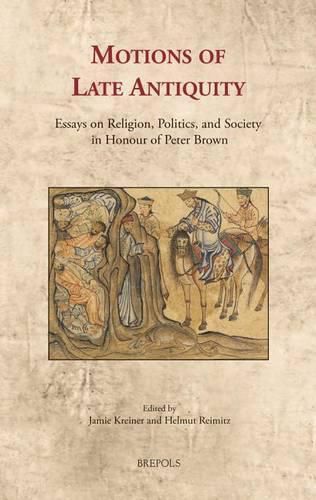Readings Newsletter
Become a Readings Member to make your shopping experience even easier.
Sign in or sign up for free!
You’re not far away from qualifying for FREE standard shipping within Australia
You’ve qualified for FREE standard shipping within Australia
The cart is loading…






When did Late Antiquity actually end? Peter Brown, who has done so much to define the field, once replied: ‘always later than you think’. This book takes stock of this insight and, in continual conversation with Peter Brown’s work, applies it to ever wider social and geopolitical horizons. The essays of this volume demonstrate that Late Antiquity is not just a period in which the late Roman world grew into the three successor cultures of the Roman Empire–the Latin West, Byzantium, and the Islamic world–but also a set of hermeneutical tools for exploring historical transformation. A late antique view considers both the profound plurality of past societies and the surprising instances when a culture coheres out of those differences. The studies here follow those motions of fracture and alignment, and they show how working along the lines of a single but deeply textured vision of Late Antiquity makes it possible to integrate different fields such as Roman, Byzantine, and Islamic studies, and to start a new conversation between ancient and medieval history.
$9.00 standard shipping within Australia
FREE standard shipping within Australia for orders over $100.00
Express & International shipping calculated at checkout
When did Late Antiquity actually end? Peter Brown, who has done so much to define the field, once replied: ‘always later than you think’. This book takes stock of this insight and, in continual conversation with Peter Brown’s work, applies it to ever wider social and geopolitical horizons. The essays of this volume demonstrate that Late Antiquity is not just a period in which the late Roman world grew into the three successor cultures of the Roman Empire–the Latin West, Byzantium, and the Islamic world–but also a set of hermeneutical tools for exploring historical transformation. A late antique view considers both the profound plurality of past societies and the surprising instances when a culture coheres out of those differences. The studies here follow those motions of fracture and alignment, and they show how working along the lines of a single but deeply textured vision of Late Antiquity makes it possible to integrate different fields such as Roman, Byzantine, and Islamic studies, and to start a new conversation between ancient and medieval history.